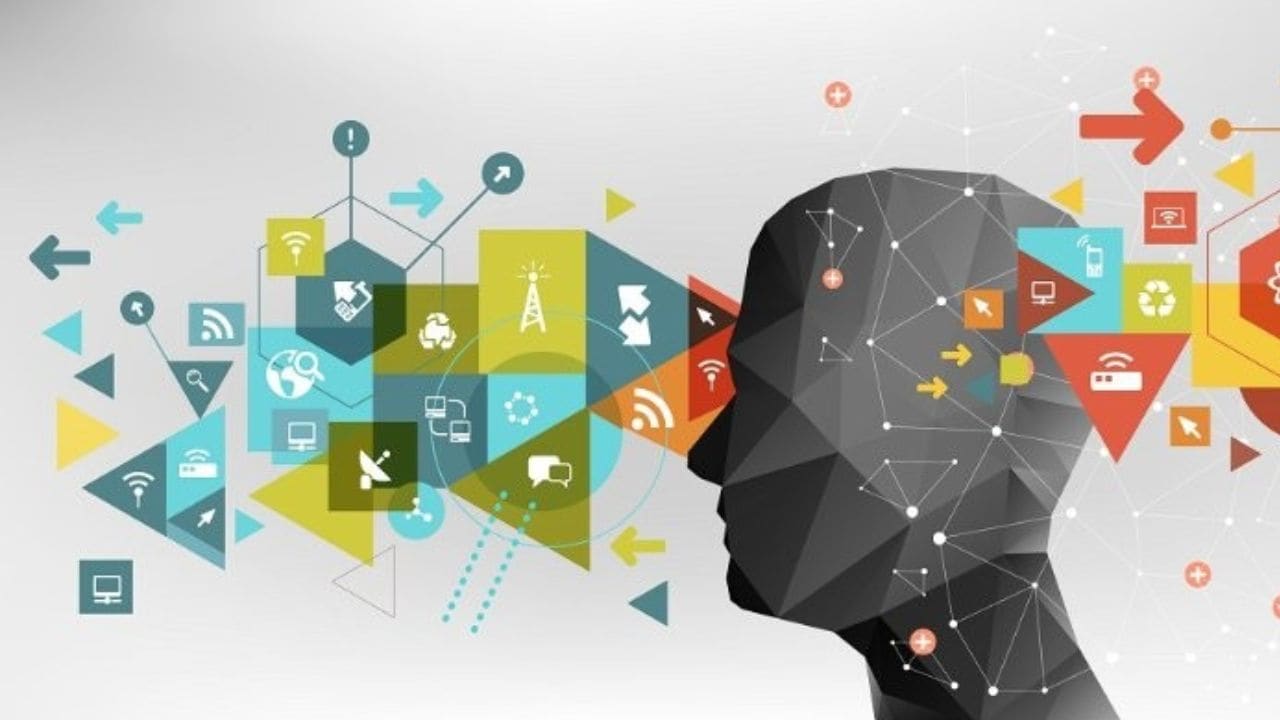India’s digital economy is expected to grow almost twice as fast as the overall economy, contributing to nearly one-fifth of national income by 2030, according to the Ministry of Electronics and Information Technology (MeitY) in its latest report.
The comprehensive report titled ‘Estimation and Measurement of India’s Digital Economy’, noted that in the short run, the highest growth is likely to come from the growth of digital intermediaries and platforms, followed by higher digital diffusion and digitalisation of the rest of the economy.
In 2022-23, the digital economy accounted for 14.67 million workers, or 2.55% of India’s estimated work force.
India’s digital economy is estimated at 11.74% of the national income in 2022-23. In absolute numbers, the digital economy in 2022-23 was equivalent to Rs 31.64 lakh crore (~USD 402 billion) in GDP.
The digital-enabling industry, which includes sectors such as information and communication-related services, telecommunication (traditionally referred to as the ICT sector), and manufacturing of electronic components, computers, and communication equipment, is the highest contributor, accounting for 7.83% of GVA (gross value added).
The new digital industries, which include Big Tech players, other digital platforms and intermediaries, and firms dependent on digital intermediaries, account for nearly 2% of GVA.
The digital contribution of three traditional industries (BFSI, trade, and education), which are not part of the OECD framework but are included in the Ministry’s estimates, amounts to 2% of national GVA, rivalling in importance to the new digital industries.
This is a clear indication that India’s digital economy is steadily moving beyond the realm of the ICT (Information and Communication Technology) industries, diffusing across all parts of the economy through digital platforms and the digitalisation of brick-and-mortar sectors.
The Ministry acknowledged that the estimates in the report are conservative due to unavailability of data on (i) smaller digital platforms, (ii) digitalisation of the informal sector and (iii) digitalisation of other traditional sectors such as health and logistics which are not included under new digital businesses.
“Accurate data on the digital economy will allow for more effective policy decisions, enabling targeted interventions and investments to support digital growth.
For businesses, understanding the contribution of digital technologies to their sectors can help inform strategic decisions, drive innovation, and increase competitiveness in a globalized market,” it was said.
